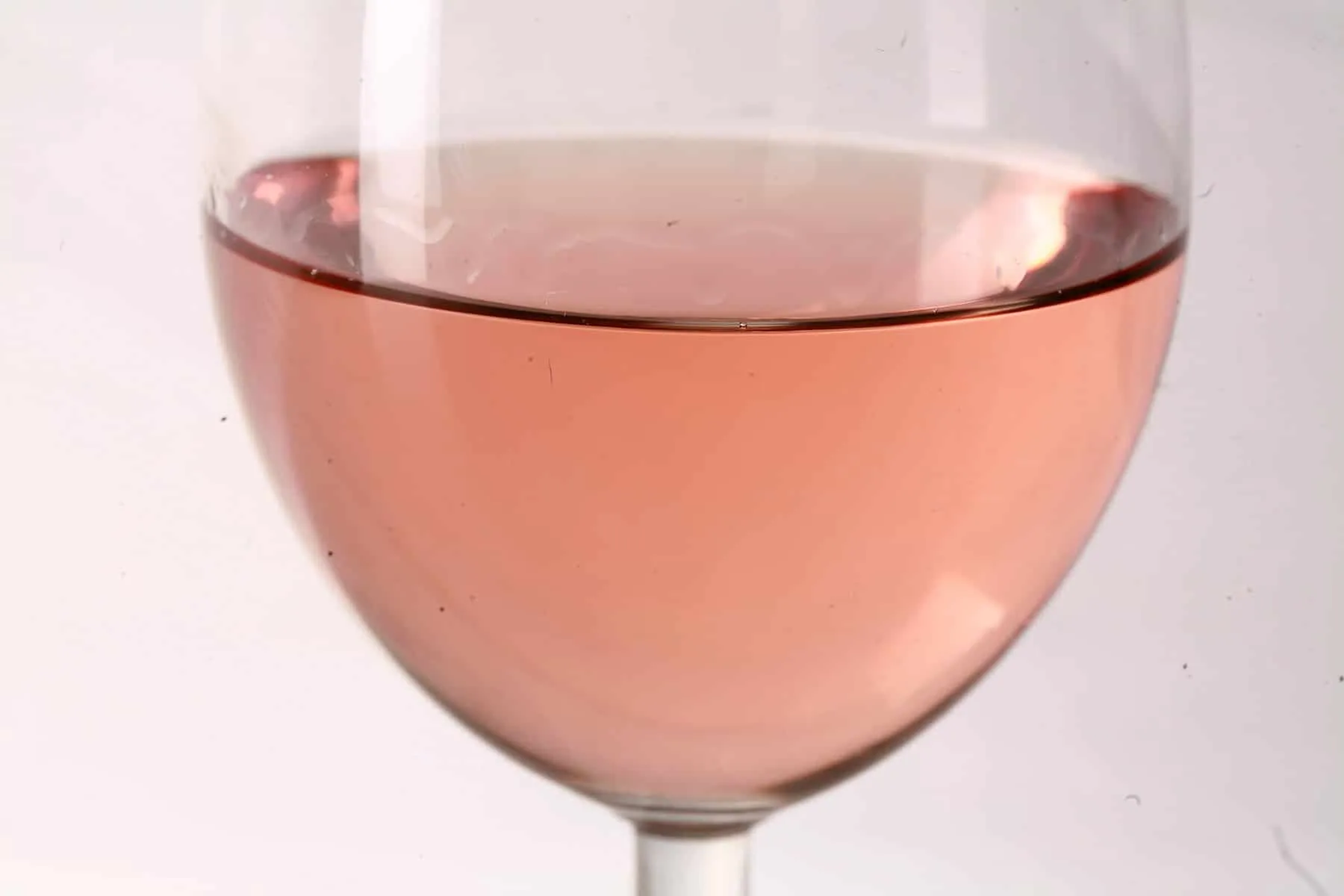Imagine sipping on a refreshing glass of homemade mango strawberry wine, bursting with vibrant flavors that dance on your palate. This delightful concoction not only tantalizes your taste buds but also brings a touch of summer to any occasion, no matter the season! With just a few simple ingredients and a bit of patience, you can transform ripe mangoes and luscious strawberries into a deliciously unique wine that’s sure to impress your friends and family. Ready to embark on this fruity adventure? Let’s dive into the recipe and discover how to craft your very own batch of this exquisite homemade wine!
Prep Time: 15 mins
Cook Time: -
Total Time: 15 mins
Cuisine: American
Serves: 1 gallon
Ingredients
- 3 lbs ripe mangoes, peeled and diced
- 2 lbs strawberries, hulled and sliced
- 1 gallon water
- 2 cups sugar
- 1 tsp yeast nutrient
- 1 packet wine yeast
Instructions
- Begin by preparing your ingredients. Peel and dice the ripe mangoes until you have 3 lbs. Ensure that there are no skins or fibers left. Next, hull and slice the strawberries until you have 2 lbs. Set both fruits aside.
- In a large, sanitized fermentation vessel, combine the diced mangoes and sliced strawberries. Use a potato masher or a clean utensil to gently crush the fruits, releasing their juices. This will help extract the flavors during fermentation.
- In a separate container, measure out 1 gallon of water. Heat a portion of this water (about 1 quart) until warm, but not boiling, to help dissolve the sugar more easily.
- Add the 2 cups of sugar to the warm water and stir until completely dissolved. Once dissolved, pour this sugar-water mixture into the fermentation vessel with the crushed fruits.
- Add the remaining cold water to the fermentation vessel to bring the total volume to 1 gallon. Stir the mixture well to ensure that the fruits, sugar, and water are thoroughly combined.
- Next, add 1 teaspoon of yeast nutrient to the mixture. This will help promote healthy fermentation by providing essential nutrients for the yeast.
- Sprinkle the packet of wine yeast over the surface of the mixture. Do not stir it in; simply allow it to hydrate and begin working on its own. This will help ensure a healthy fermentation process.
- Cover the fermentation vessel with a clean cloth or a fermentation lock to allow gases to escape while preventing contamination. Place the vessel in a warm, dark location, ideally between 70-75°F (21-24°C), for fermentation.
- After about 1 to 2 weeks, check the fermentation process. You should see bubbles forming and the mixture should begin to clear. Once fermentation slows down significantly (indicated by fewer bubbles), it is time to proceed to the next step.
- Once fermentation is complete, you will need to siphon the wine into a clean, sanitized secondary fermenter, leaving behind any sediment at the bottom of the primary vessel. This step is crucial for clarity and flavor.
- Seal the secondary fermenter with an airlock and allow the wine to age for an additional 4 to 6 weeks. During this time, the flavors will develop, and the wine will clear further.
- After aging, you can siphon the wine again into clean bottles, making sure to leave some space at the top. Seal the bottles with corks or caps and store them in a cool, dark place.
- Your homemade mango strawberry wine is now ready to be enjoyed! Chill the bottles before serving and savor the unique flavors of your homemade creation.
Tips
- Choose Ripe Fruits: For the best flavor, select fully ripe mangoes and strawberries. They should be sweet and fragrant, as this will enhance the overall taste of your wine.
- Sanitize Everything: Cleanliness is key in winemaking. Make sure all your equipment, including the fermentation vessel and utensils, are thoroughly sanitized to prevent any unwanted bacteria.
- Temperature Matters: Maintain a warm, dark environment for fermentation, ideally between 70-75°F (21-24°C). This helps the yeast thrive and promotes a successful fermentation process.
- Be Patient: Fermentation can take time, so resist the urge to rush the process. Allow the wine to ferment fully before siphoning it into the secondary fermenter for aging.
- Taste Test: After the aging period, taste your wine! If you feel it needs more sweetness, consider adding a bit of sugar before bottling, but be sure to dissolve it completely.
- Bottle with Care: When siphoning the wine into bottles, take care not to disturb the sediment at the bottom of the fermentation vessel. This will help keep your wine clear and free from unwanted particles.
- Enjoy Responsibly: Your homemade mango strawberry wine is a labor of love. Chill it before serving, and enjoy it with friends or at a special gathering to celebrate your winemaking success!
Nutrition Facts
Calories: 168kcal
Carbohydrates: 43g
Protein: 1g
Fat: 0g
Saturated Fat: 0g
Cholesterol: 0mg


